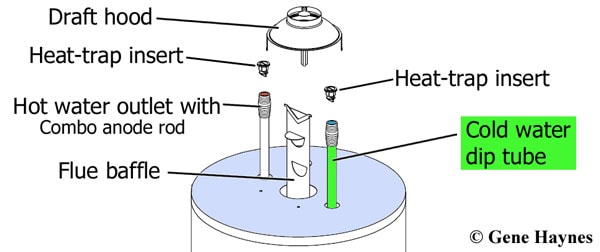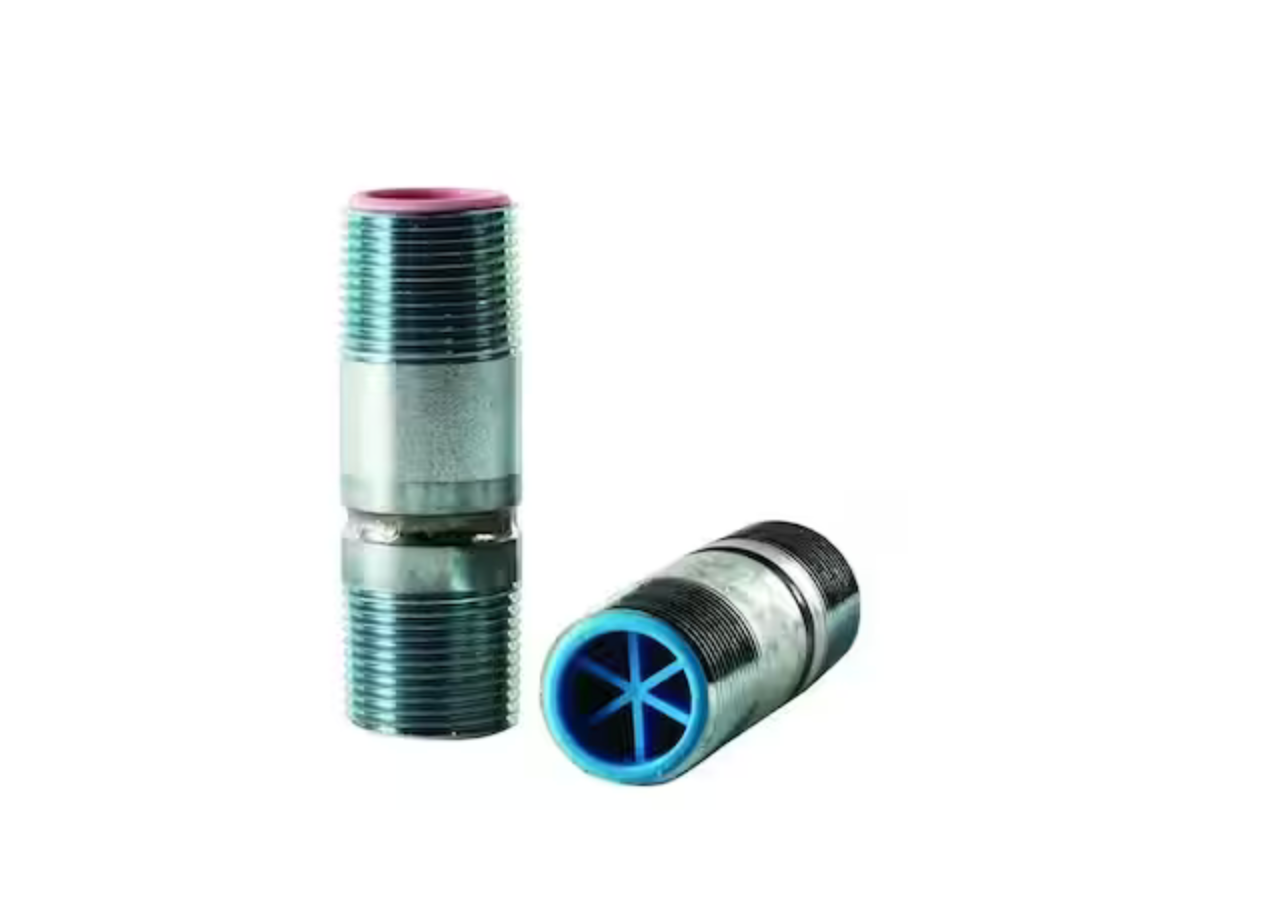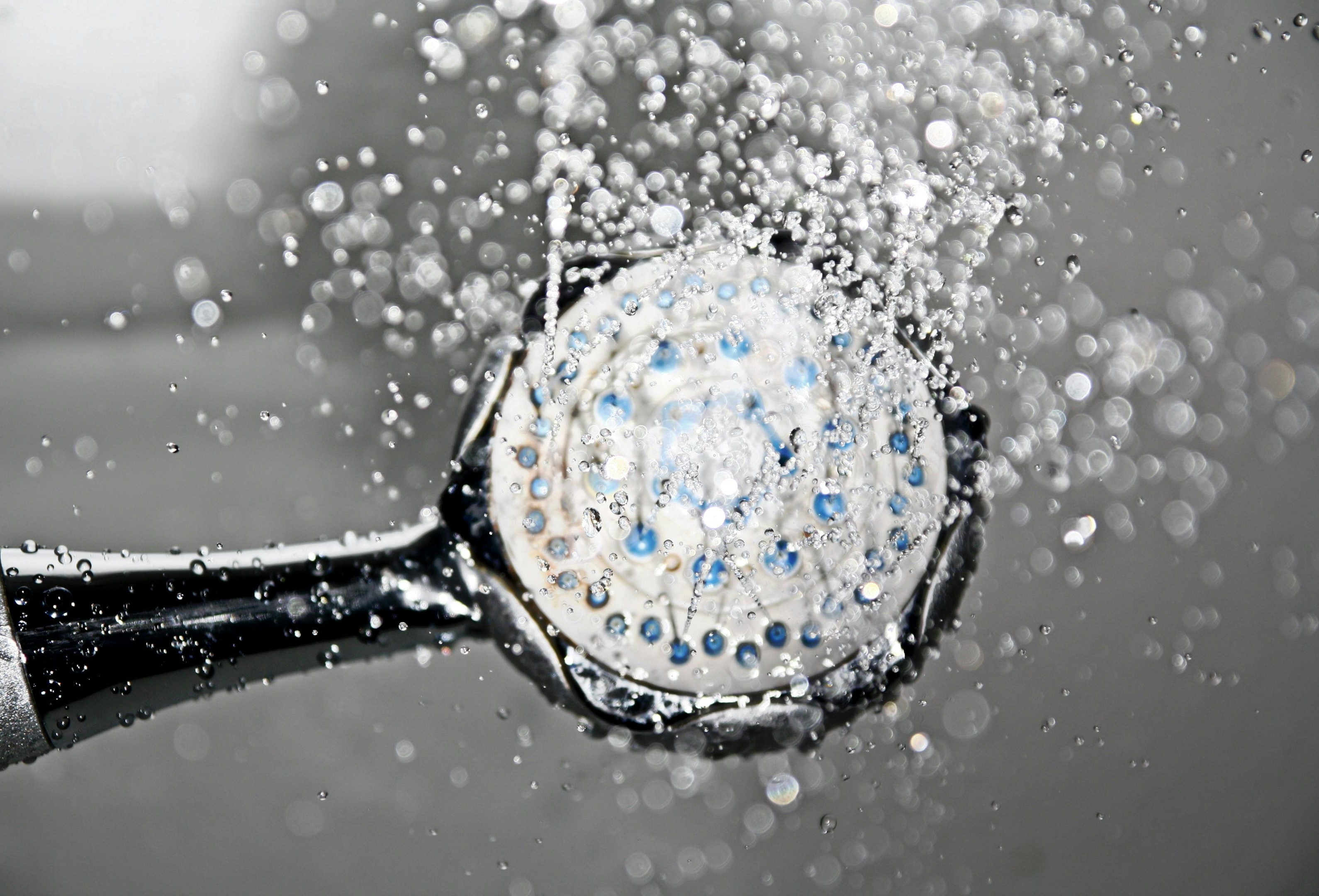Water heater heat traps are a crucial component of modern water heaters that help to prevent heat loss and improve energy efficiency. While most modern water heaters come with heat traps pre-installed, older models may be missing this component entirely.

Let’s talk about what they are, what they do, and ways to increase your water heater efficiency to save energy and money.
What are heat traps for water heaters?
Heat traps are small flaps that are installed by manufacturers in the hot and cold water lines at the top of the water heater.
They prevent heated water from flowing back into the cold water line, thereby preventing heat loss and maintaining the water temperature inside the heater.

Heat traps are important because they help to reduce the amount of energy needed to maintain the desired water temperature. This results in lower energy bills and a more environmentally-friendly water heating system.
Heat traps also help to extend the lifespan of the water heater by keeping heated water inside, thus reducing the stress on electric heating elements.
What does a heat trap look like?
If you’re having trouble picturing it, many heat traps look like cylinders with male screw threads on each side–one side is red for hot water, one is blue for cold water. It has a ball or flap inside to prevent hot water escaping. They’re often called “heat trap nipples”.

Do water heaters come with heat traps pre-installed?
Most modern water heaters do come with heat traps already–if yours didn’t, or is an older model, it is recommended that you add them to maximize the efficiency of your water heater.
Do you need a heat trap?
A lack of heat trap won’t make your water heater cease to function, but it will greatly reduce its efficiency. Installing a heat trap (or calling a master plumber!) is highly recommended.
Other ways to improve the efficiency of your water heater
If you’re looking to enhance the function of your water heater beyond heat traps, here are a few ways you can do that.
1. Regularly flush your water tank
Consult your owner’s manual before attempting. The recommended frequency of tank flushes is about twice a year.

2. Install an anode rod
An anode rod is a long metal rod you put inside of the water heater tank. It’s usually made of aluminum or magnesium. It works to avoid corrosion in the tank by attracting corrosive elements, like iron and minerals, causing the anode rod itself to deteriorate while the inner lining of your water heater stays safe.
Anode rods usually need replacing every 3-5 years, and they can add a great many years to the lifespan of your water heater.
3. Use efficient faucets
Swapping your faucets and shower heads for more efficient ones will obviously reduce the amount of hot water your heater has to produce.

4. Insulate tank and/or pipes
Insulating your tank and pipes helps them retain heat a bit better. If you have a new water heater, it’s likely plenty insulated already. But older models could often benefit from a heat blanket.
Note: On gas water heaters, pipe insulation should be kept at least six inches from the flue. The safest option is at least one-inch thick fiberglass pipe-wrap with no facing. Aluminum foil or wire is a safe option to affix your wrap to the pipe.
5. Lower the temperature
Lowering the temperature of your heater will help it work less hard, thus boosting energy efficiency. Alternatively, don’t crank your hot water knob all the way open–just use more or less cold water to reach the ideal temperature for your needs.
In conclusion, heat traps are a small but important component of modern water heaters. They help to improve energy efficiency, prevent heat loss, and extend the lifespan of the water heater.
So if you find yourself in need of a water heater repair or hot water heater installation, please call Venice plumbers at Advocate Master Plumbing. We’ll send a highly trained and experienced master plumber to evaluate your water heater needs.

